Dancer Lizzy Howell on Fame, Fatphobia, and Being a Role Model
In January 2017, dancer Lizzy Howell decided to make her Instagram profile public. "I wanted to hit 1,000 followers" because "everybody in high school had a thousand followers," she says. It would only take one more click for Lizzy to immediately surpass that arbitrary goal while also posting that now very-viral video of her doing fouettès in a leotard and tights when she was 16 years old.
Five years later, Lizzy has more than 200,000 Instagram followers, almost 300,000 TikTok followers. That same video of her dancing in her Delaware studio has over half a million views. "I was just being myself," Lizzy, now sitting in a Brooklyn hotel, says about the short snippet of her turning.
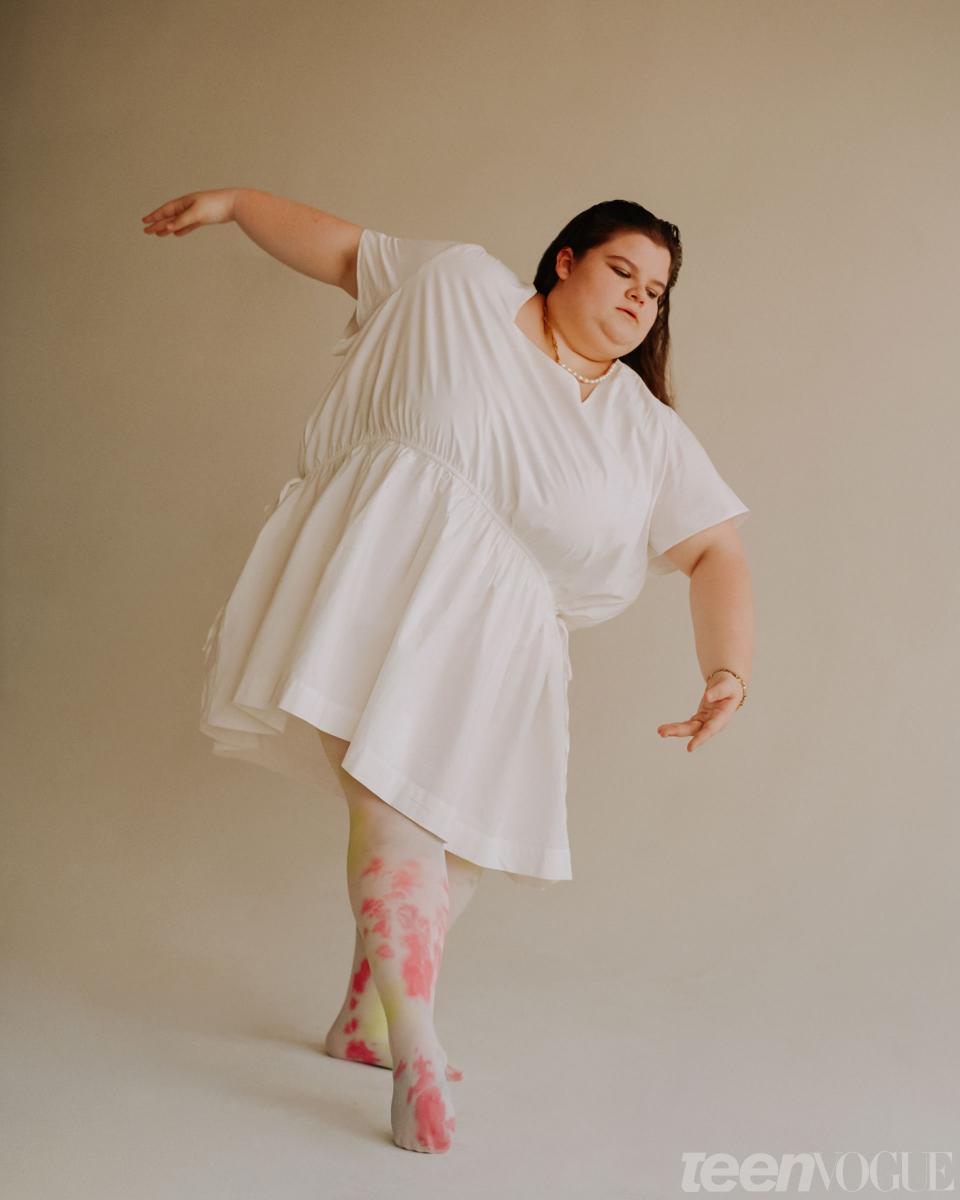
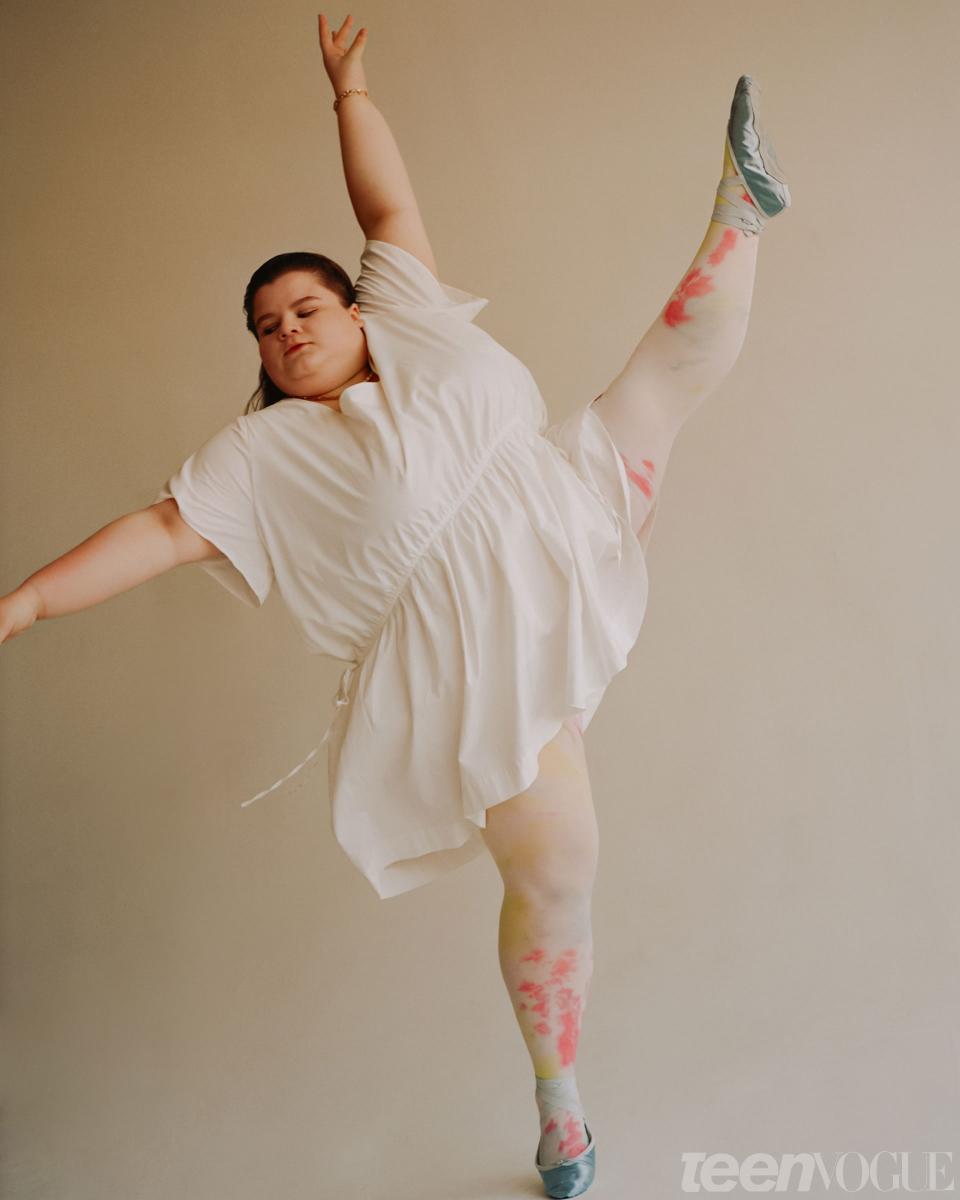
That’s Lizzy’s magic: Even after gaining hundreds of thousands of followers, she’s never stopped being herself. Instead of changing who she is given her sudden fame, Lizzy is honest about the hard work she puts into her craft — she’s currently trying to raise money for a move to Los Angeles where she knows her career can expand to new heights. She’s also up front about the challenges she faces, the labels forced upon her, and holds the dance industry accountable. A reluctant role model, Lizzy is forging her own path.
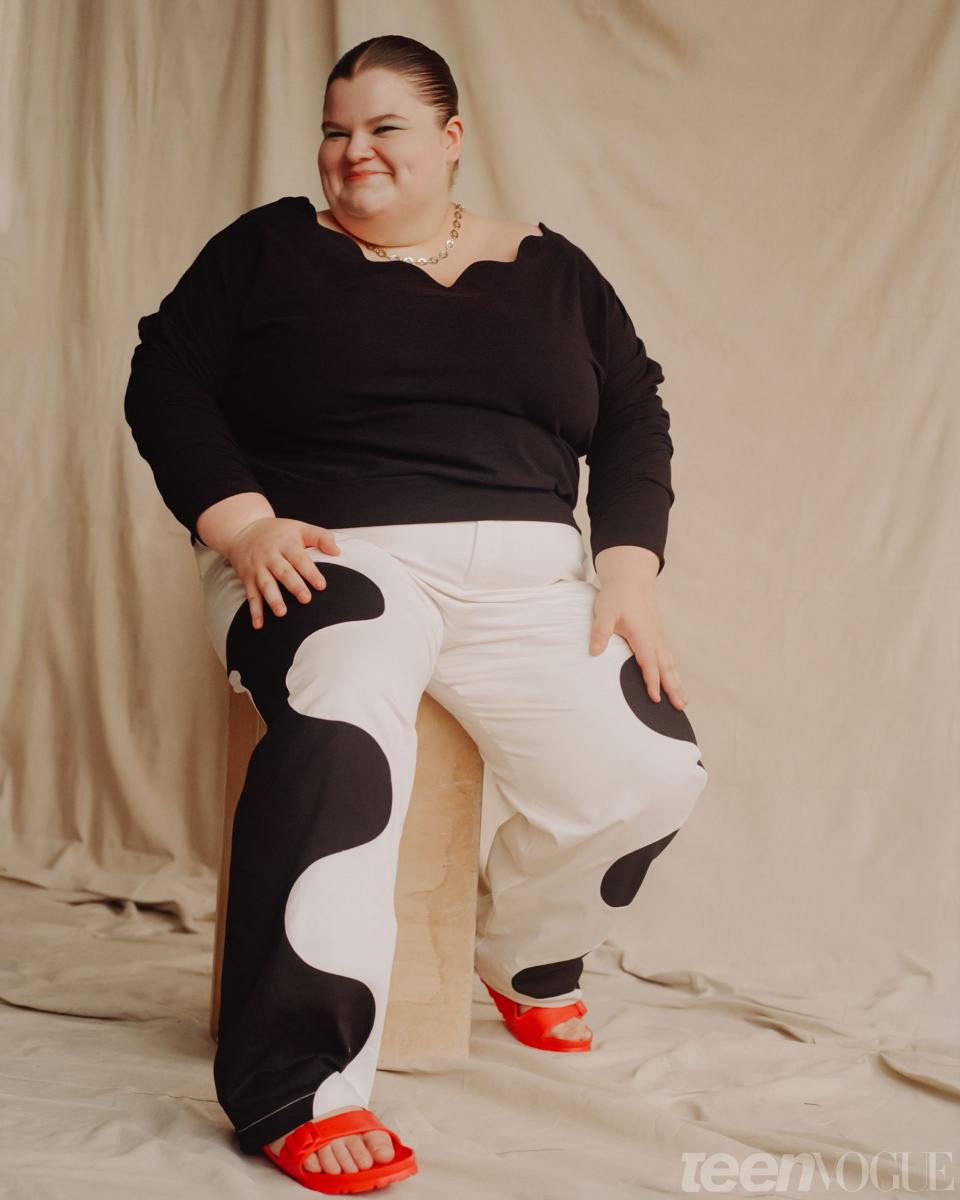
Lizzy never intended to go viral, and the moment was met with many emotions — vulnerability, fear, excitement, mostly confusion from the sudden attention. And, an absurd amount of new followers. She immediately tried to wake up her aunt, with whom she still lives. "I was like, something is going on. My phone won't turn on. There are all these notifications. I'm getting all these followers," Lizzy says about that morning. "I'm getting emails, and I'm getting calls. I'm getting texts." That video would only continue to lead to more press, interviews, and television appearances. On one hand, Lizzy became hopeful: "I was like, oh my gosh, all these people, they think I can dance, and I'm going to. I can actually do this for the rest of my life." While, on the other, scared and alone in her childhood bedroom, Lizzy knew she was a public figure now. She was recognized at the grocery store, on airplanes, cast in large budget mainstream campaigns for brands like Target and Invisalign, asked to perform alongside artists as famous as Shawn Mendes and Khalid, and headlined global events such as Eurovision.
"I've been bullied my whole life," Lizzy says about her upbringing, which began in a small pocket of Milford, Delaware, in 2001. When Lizzy was five years old, her mother died after a car accident, and her great aunt Linda was given parental control alongside her great uncle. Linda immediately threw Lizzy into a series of extracurriculars ranging from soccer and field hockey to dance. Lizzy remembers instantly connecting with movement as a means of expression and reflects on her childhood as one split between the studio and schoolwork.
Still, Lizzy felt her ballet teachers didn't see any potential in her professionally. As a young dancer who fervently excelled in technique and choreography, Lizzy identified a toxic pattern that she couldn't seem to escape. She says she was told she had to lose weight if she wanted to get better parts and be more successful in ballet — otherwise, switch to a different form of dance.
Luckily, Lizzy didn't listen.
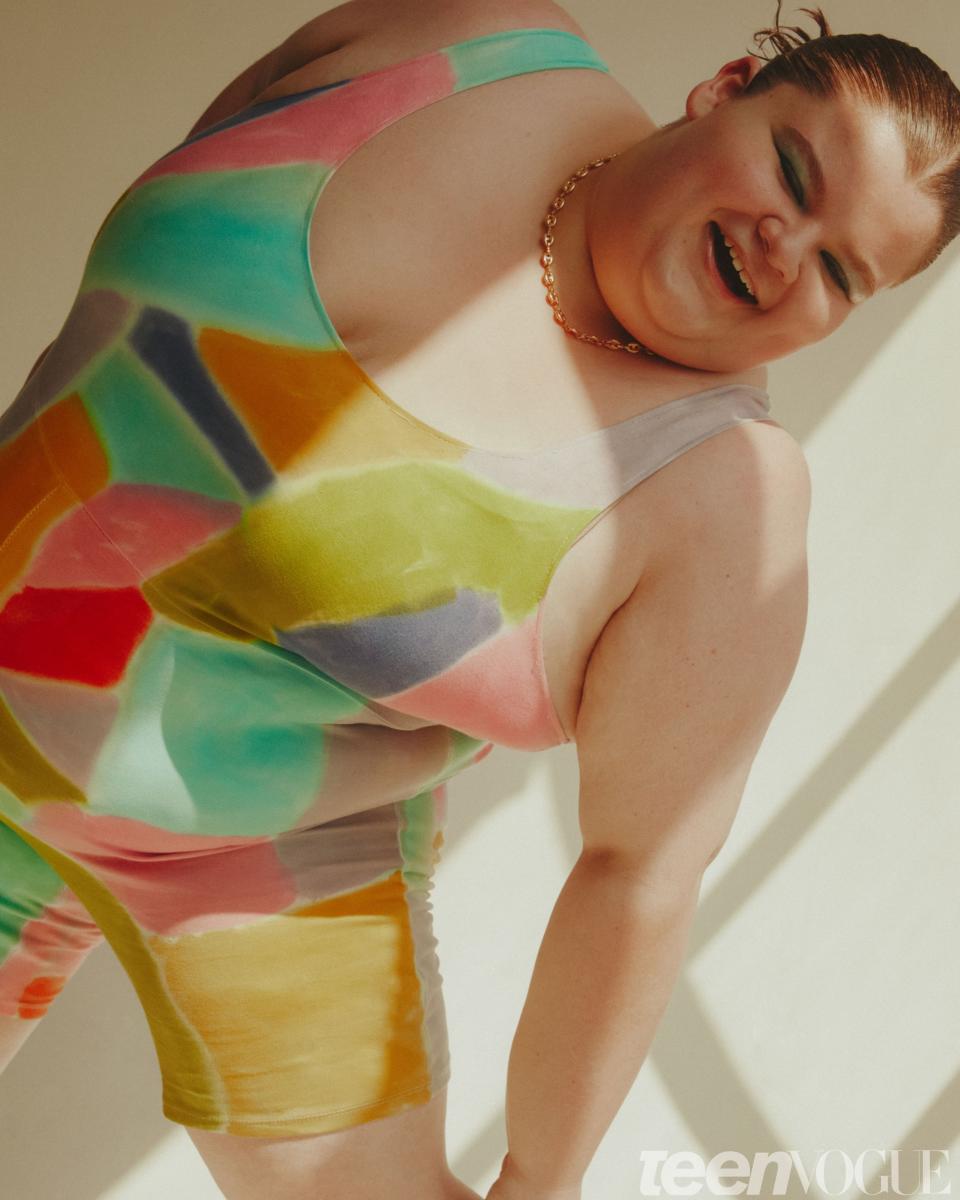

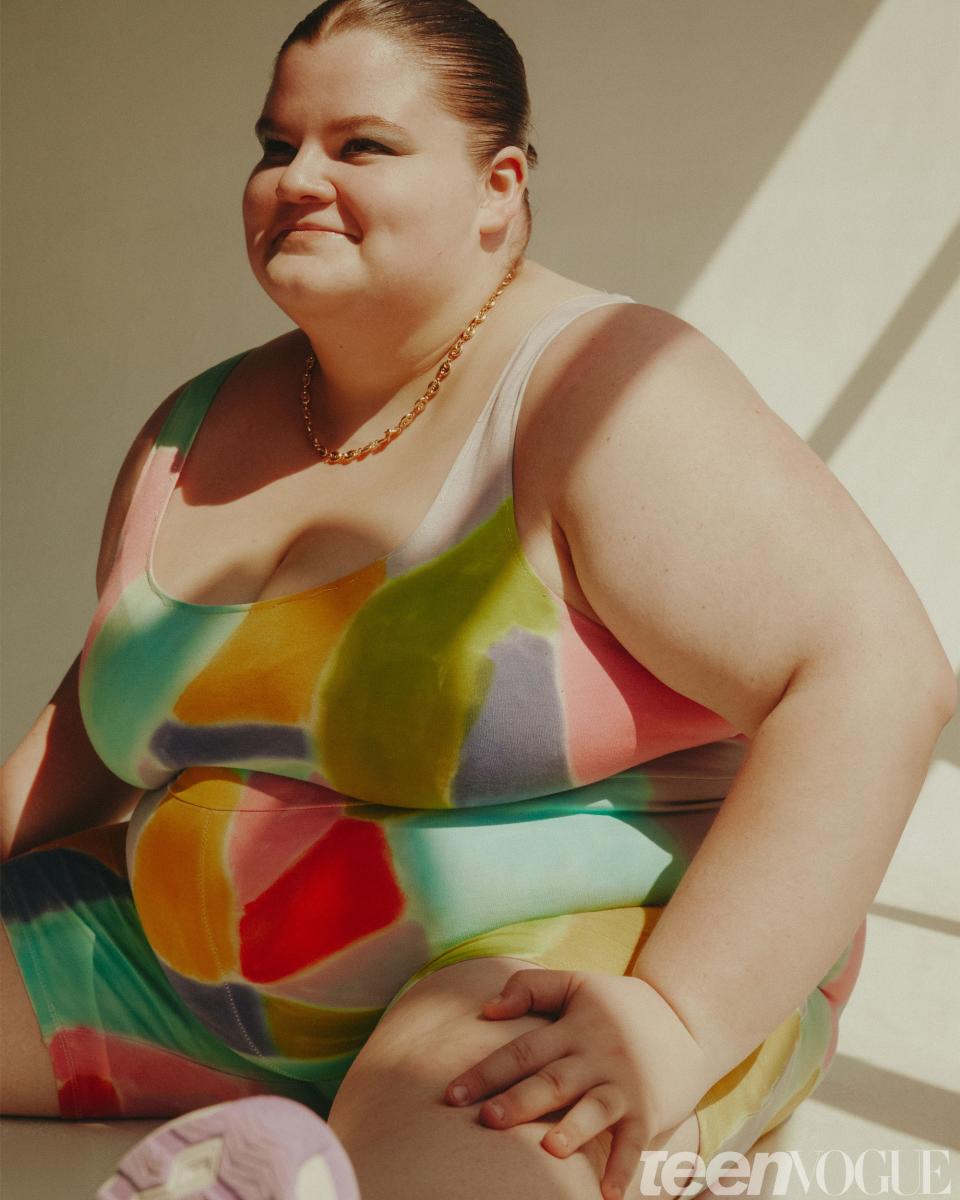
In 9th grade, Lizzy was diagnosed with a rare brain condition called pseudotumor cerebri, which occurs when the pressure inside the skull increases disproportionately. As a result, Lizzy began to suffer from severe headaches that only seemed to be relieved through spinal taps, an invasive medical procedure. Lizzy remembers this excruciating time in her life as sending her "in and out of the hospital," which complicated her attendance in high school. Eventually, Lizzy had to pivot her studies to homeschooling. This new, more flexible schedule would subsequently lead to more time in the studio, and posting that video on just an ordinary Monday in ballet class. Lizzy still seems mostly perplexed by her continued success. "It still makes no sense," she says as she reflected on her overnight rise to what many might call mainstream fame in 2021. Still, she’s using her platform wisely.
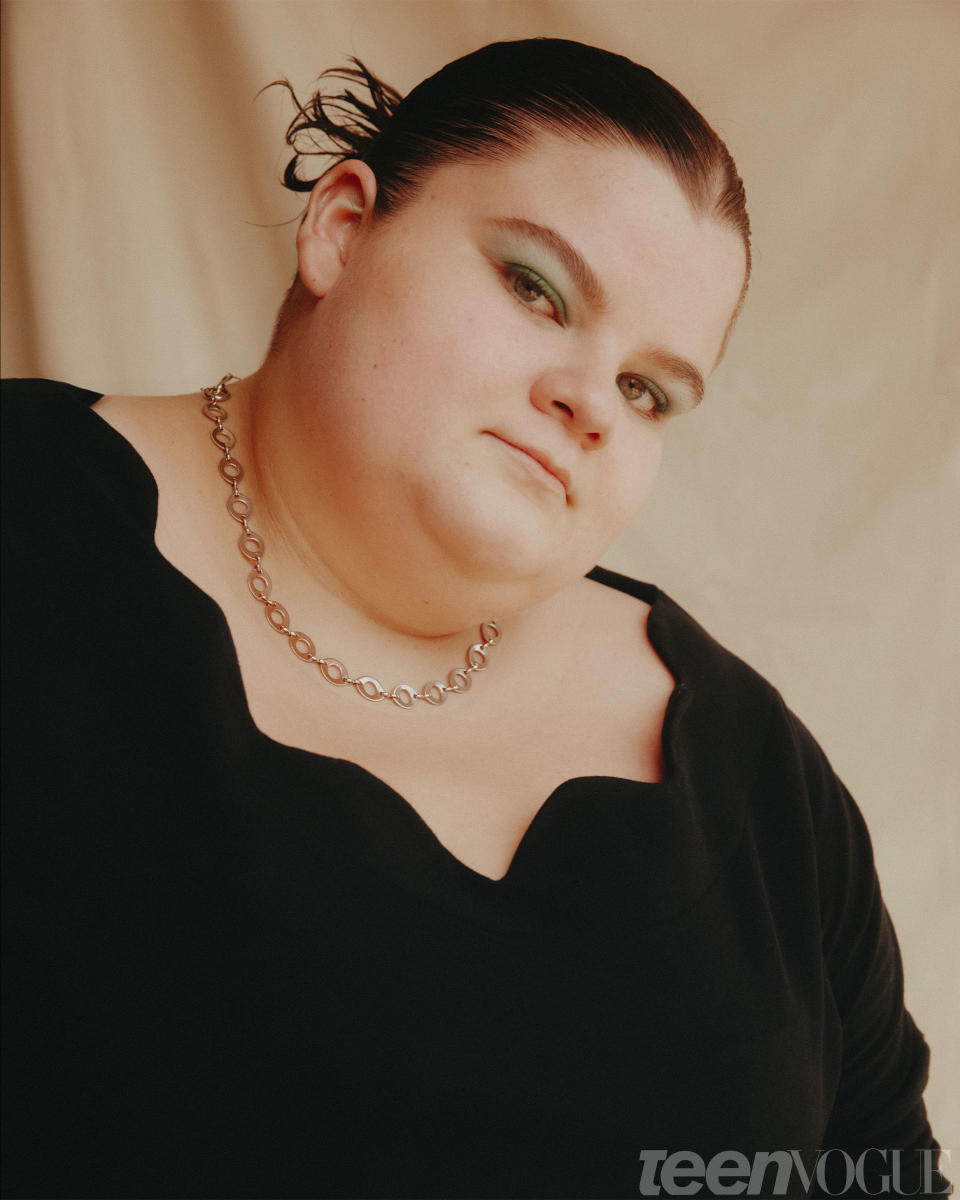
Scroll through Lizzy's massive Instagram and TikTok feeds today and you'll find a mix of what looks like improvisational movement, original choreography, fit videos, and glimpses into her personality. She opens up to her followers about almost everything she is allowed to share about her career, telling her followers about her Teen Vogue shoot ("I'm going to NYC for a job") and an audition from an unnamed manager she signed with just 24 hours prior. (On June 18th, she updated her followers with this note: "forever grateful for all of you. I have officially signed with a manager, who is getting me meetings with 3 of the largest dance agencies in LA. I will be going out again soon to do my first acting gig!") She's clear about her dream to relocate to Southern California soon ("Los Angeles is where a lot of the jobs happen") and is not afraid to question and call out the industry for lacking any meaningful body diversity or representation.
"When I go to a dance convention, all these little girls are so excited to meet me. It's amazing, but I get nervous," she says about being recognized in public. Lizzy reiterates that she never wanted to be a role model for these young, impressionable individuals. Instead, she just wanted to dance. "The role model thing is weird because I'm normal. I'm just this girl from Milford, Delaware, who's big." She stops herself a few times throughout our conversation to remind herself that she is actively breaking stereotypes in dance. "I guess I am a role model because I am just myself," she says with a sigh while looking down.
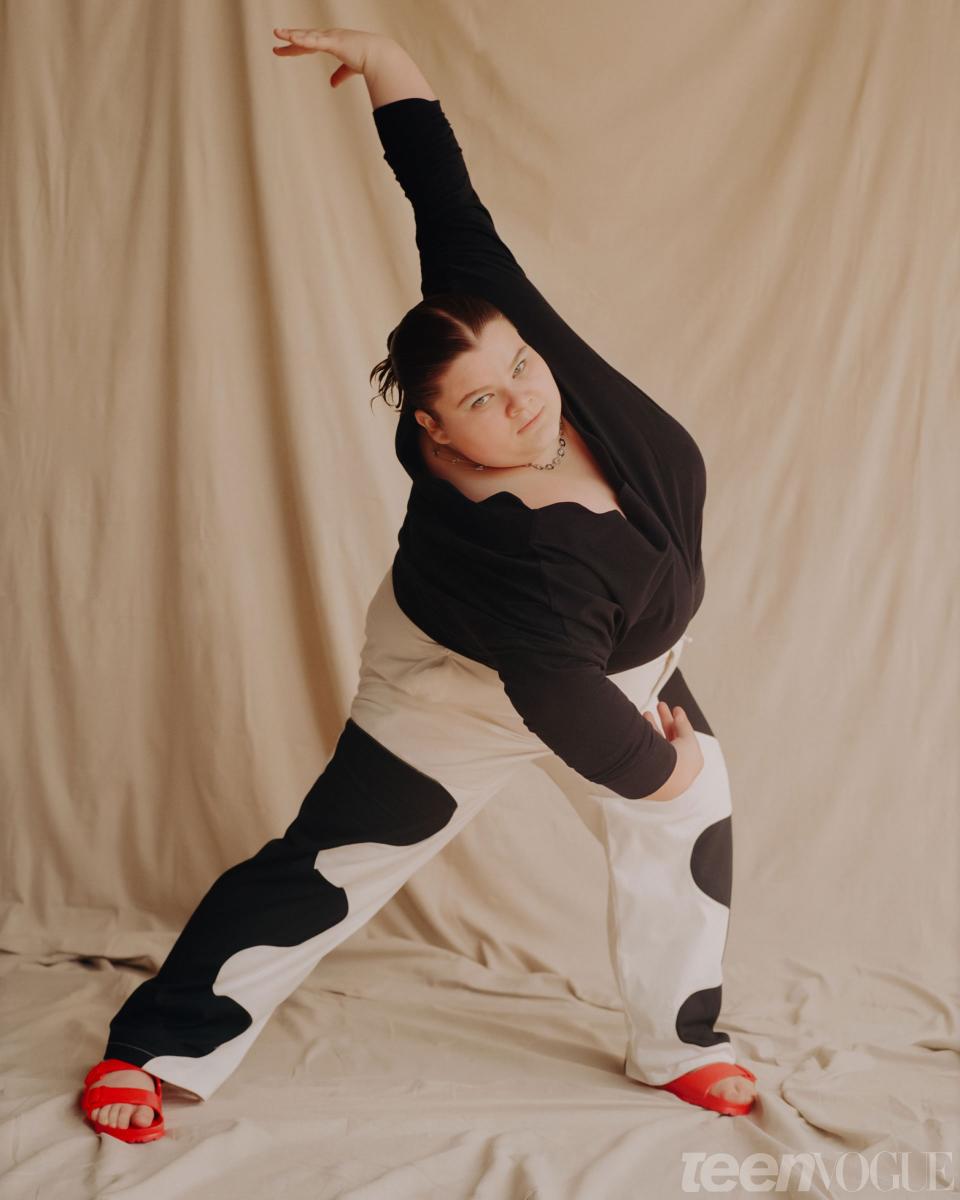
"There's nobody carving this path in dance," she explains about her experience. "I have to start questioning companies and people about what they believe in" she says about the responsibility she feels to use her rapidly growing platform to start conversations about fatphobia.
Performative activism is another topic that Lizzy is unafraid to speak up against. In a recent social media post, Lizzy recounted her prior experience at an American Eagle store where she says a staff member body-shamed her for looking at some clothing, immediately asking her upon entry whether she needed help finding her size. Retelling the story less than a month after the incident, Lizzy is calm, explaining how the brand spelled her name wrong in an Instagram comment when they replied to apologize. "It was embarrassing," she says, pulling out her phone. Lizzy responded via DM to their reply, and they corresponded privately, with Lizzy saying that, if possible, she would like to talk with someone at the executive level. She volunteered to speak to the company about unconscious bias and fatphobia. In response, American Eagle told Lizzy their social media director was "made aware" of what happened as well as various departments at the corporate and store level and that a store-level investigation would take place, but "unfortunately, [the brand] can't provide any promise of a meeting with an executive" at this time. American Eagle did not respond to Teen Vogue’s request for comment.
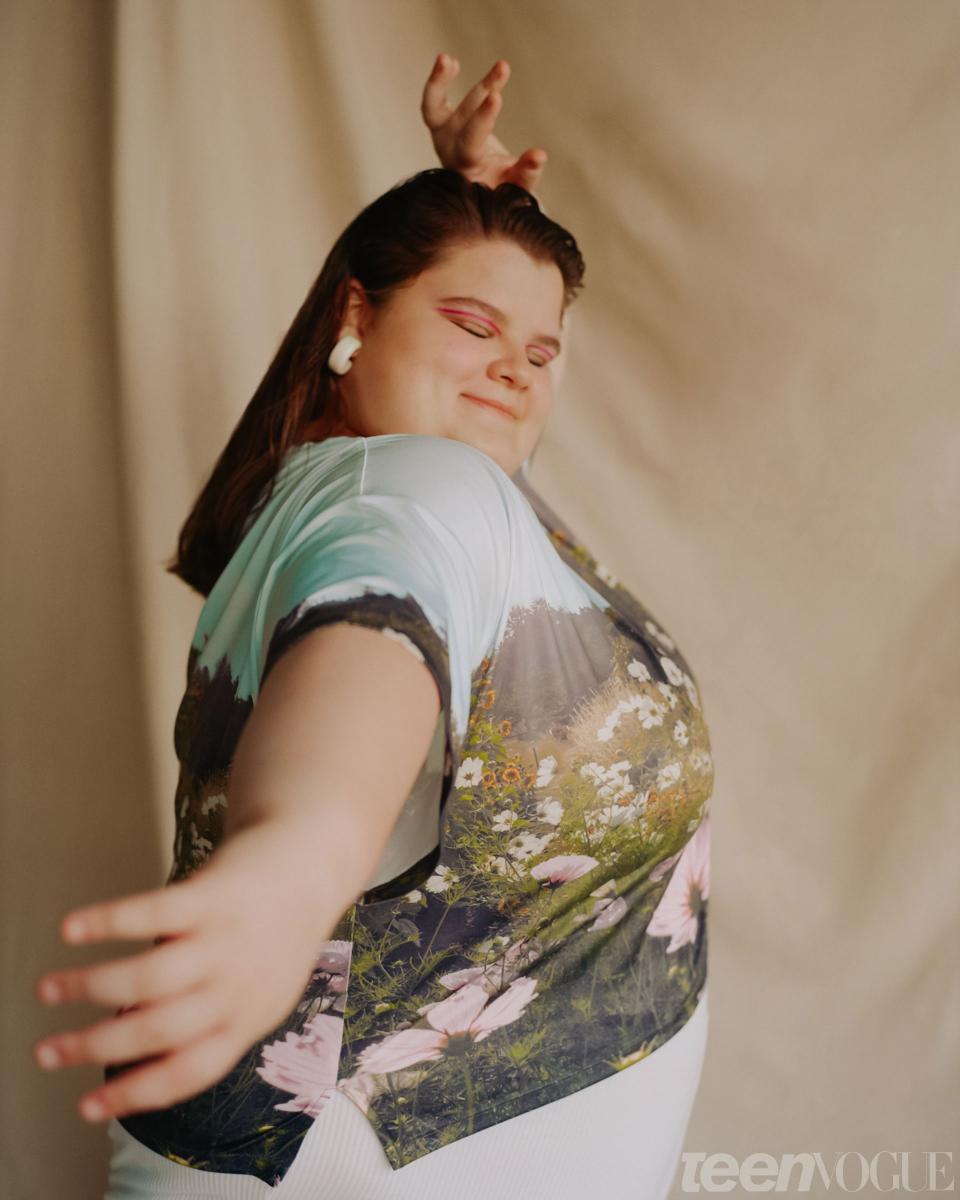
Still, Lizzy says there are two brands that give her genuine hope for the future— ASOS because "they carry the same items in plus size and straight sizes" and Girlfriend Collective because "they're sustainable and use actual bodies for models." On body diversity and representation, Lizzy added: "We're going in the right direction, and I'm thankful for that, but we're still labeling people as plus size and still making a plus-size section that's in the basement next to the bathroom in the dark corner," she says.
Lizzy believes many brands only pretend to be inclusive on social media when casting certain tokenizing campaigns or in the press. “It's not just fat-shaming. It's the fact that companies jumped on the body positivity bandwagon when it was trendy, and then it went right back to the way it was before,” she says.
When asked how she feels about the term "plus-size," she seems grateful for the chance to finally articulate herself publicly. Lizzy is often called a “plus-sized dancer,” but she wishes there were no modifier. “I don't want to be labeled. I'm just a human being and I look different than you, which is fine because we all look different from each other,” she says. “I can just be a dancer. We don't call them skinny dancers. We don't call them curvy dancers. So why are we still being like, she looks plus-sized? She is a dancer who happens to be plus-sized who can do everything that a skinny person can do, but has more weight on her."
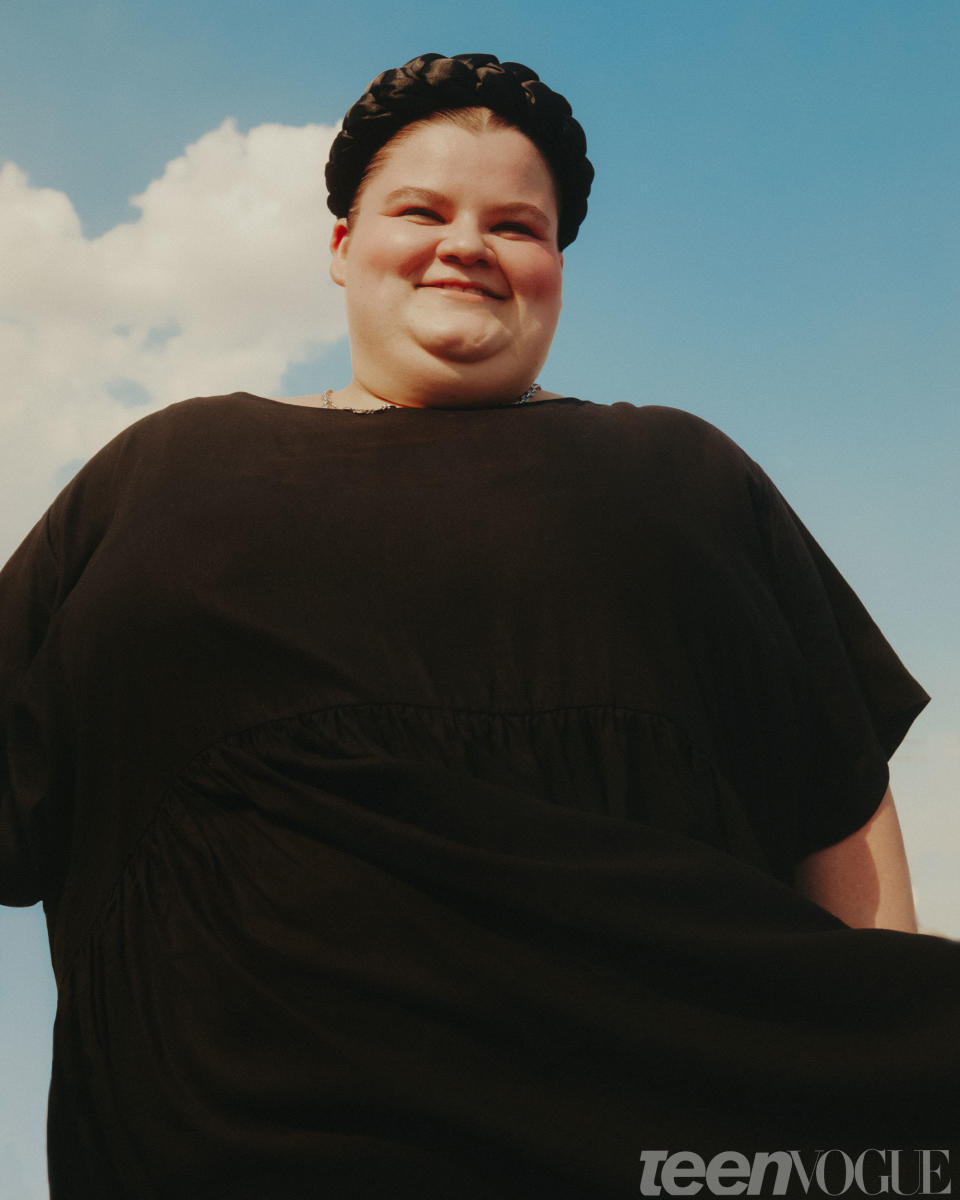
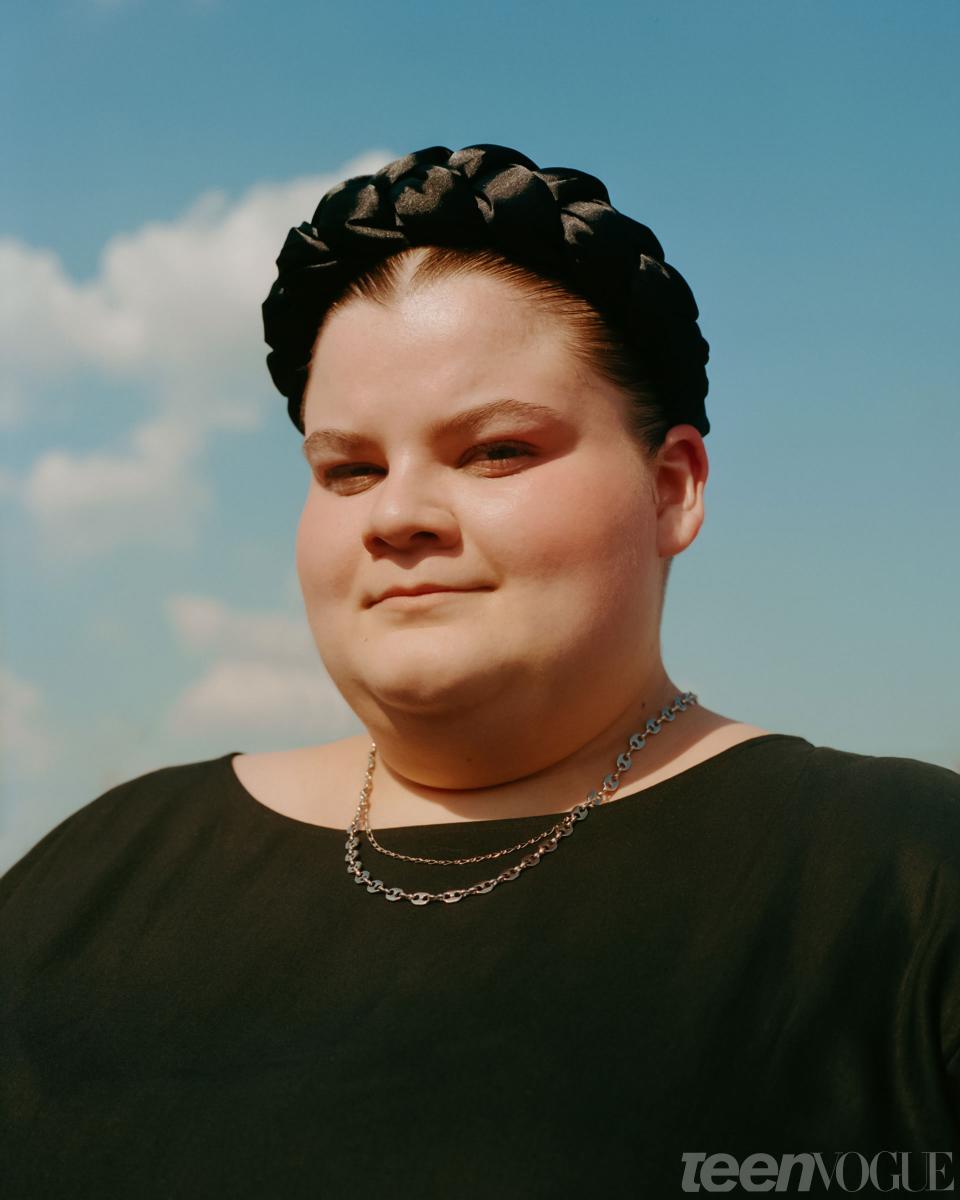
Lizzy lowered her voice when she noticed two young dancers sporting matching light pink tights and black leotards approaching. It's unclear if they are moving toward Lizzy because they recognize her, or if the timing is a coincidence. Lizzy used the moment as a natural segue into her advice for young creatives. "Just because you're different in high school doesn't mean crap in real life," she says confidently, shifting attention away from the young dancers to the conversation at hand. She wants more young people to know that although an industry may continue to seem fixed, change from within is possible. It’s important to not be complacent.
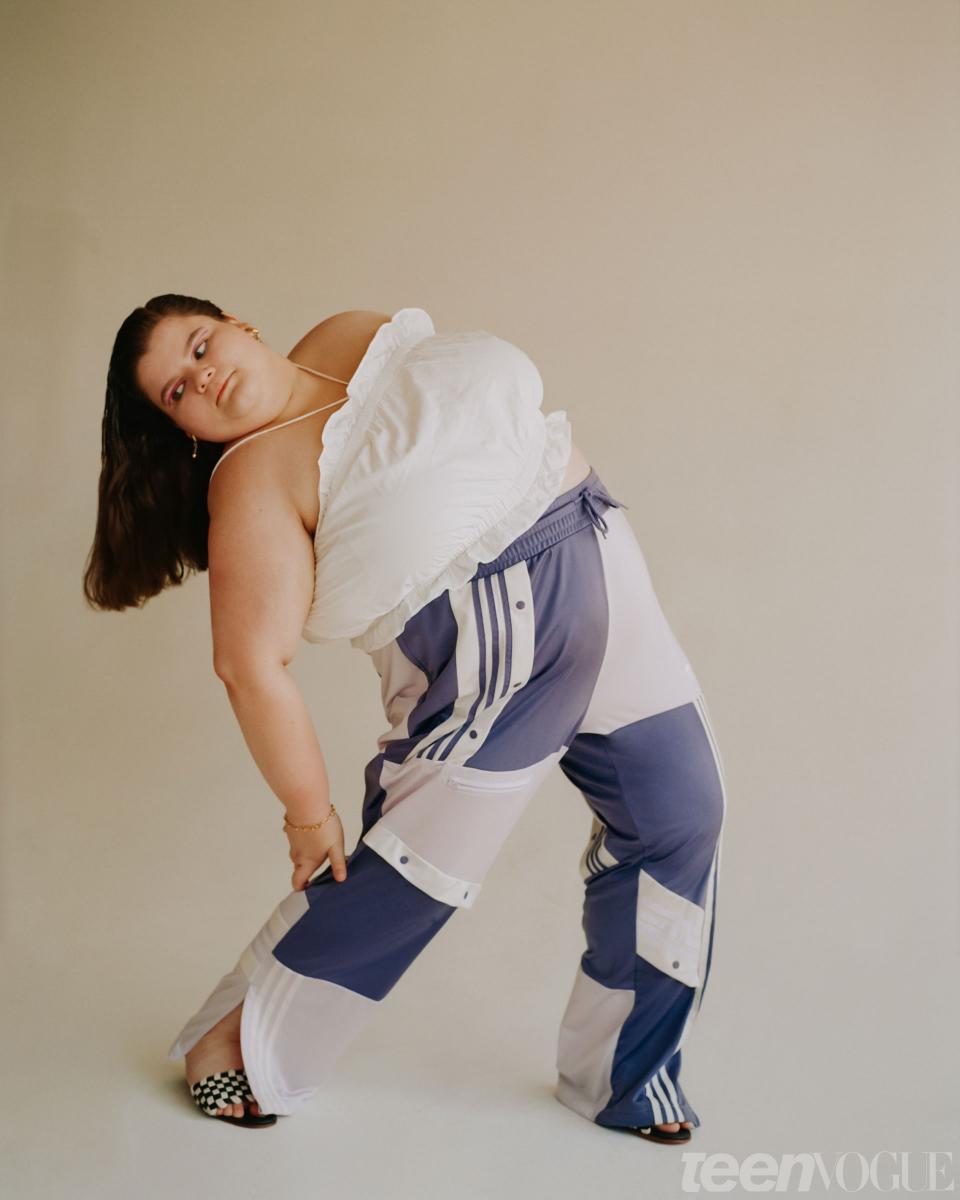
Lizzy is quick to admit that success, even for someone with such an important and trailblazing platform feels like an uphill battle. Some days feel productive with self-tape auditions, photoshoots, Zooms with her manager, and free-flowing dance improvisations in her garage. Other more quiet days feel stagnant and discouraging for the 20-year-old. Right now, she's mainly focused on finally making the move to Los Angeles so she can be in proximity to more significant commercial opportunities and meet other young creatives and choreographers. Lizzy's GoFundMe, which she first created on April 10th to help fund her move across the country, has already raised more than $8,000. (Her ultimate goal is listed on her GoFundMe as $15,000). Lizzy explains that the move to Los Angeles would open up doors not just in dance but also in other exciting new disciplines. She jokes that, as a longtime admirer of JoJo Siwa ("She's taught me not to change for other people"), she hopes she finds her way to Siwa's infamous backyard stage at some point too.
Before our time together ends, Lizzy adds that she’s more than her social media following. "I'm a human, and I have emotions, and that's okay," she says as she begins to sort through the series of unread messages, notifications, and TikTok videos awaiting her attention. "Not everything you see on social media is real. My life isn't always sunshine and rainbows. And I'm willing to share that with people because I know that it's relatable and that people can understand that not everybody is always having a good day and that that is okay."
The two young ballerinas are now looming. Lizzy turns her back to look at them one last time and adds: "I just want to be as real as possible."
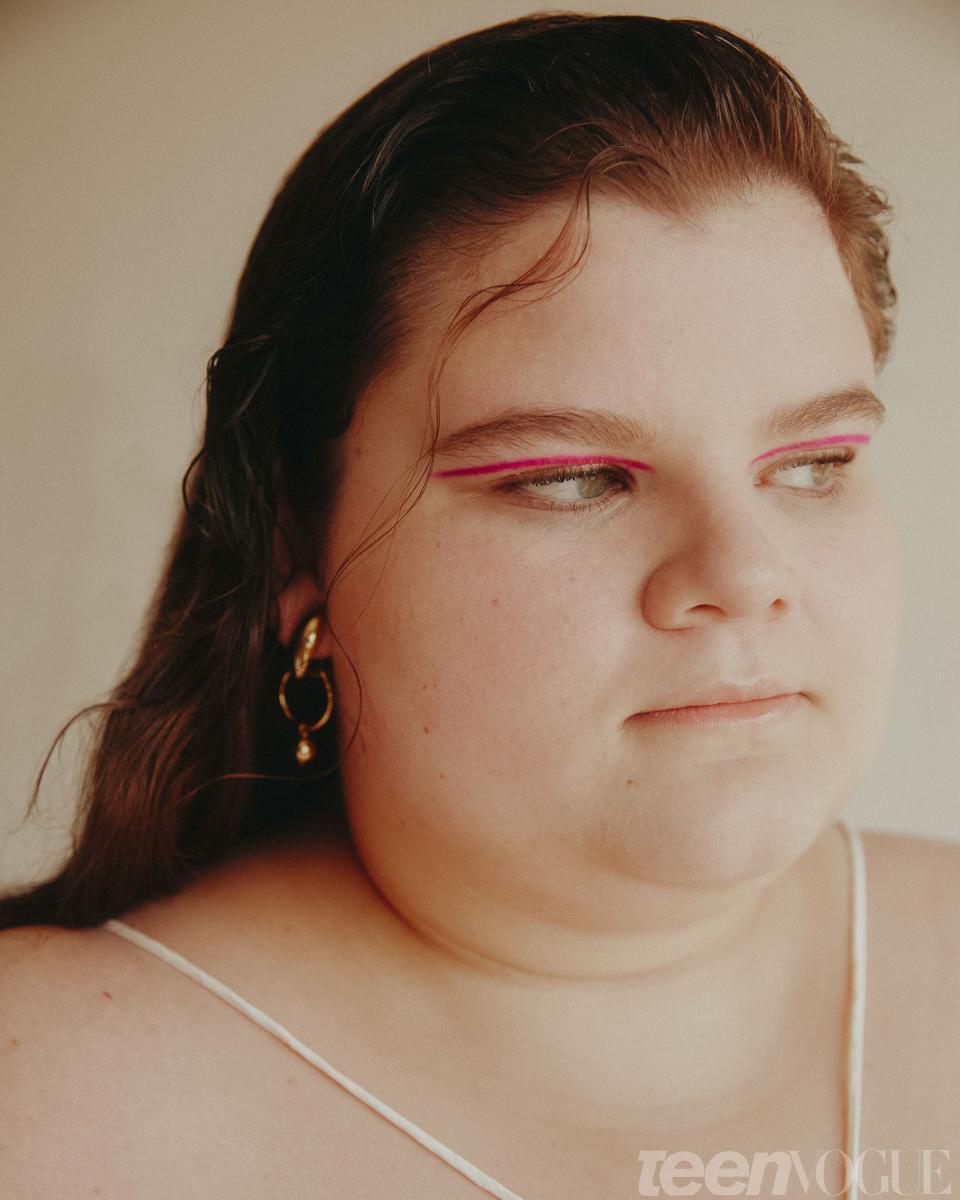
Credits:
Photographer: Emma Trim
Photo Assistant: Ryan Williams
Photo Assistant: Sam Gray
Stylist: Ansley Morgan
Stylist Assistant: Jaelah Smith
Makeup Artist: Kevin Cheah
Hair: Karla Serrano
Art Director: Emily Zirimis
Visual Editor: Louisiana Mei Gelpi
Production Assistant: Hale Johnson
Production Assistant: Jesus Antoshka
Fashion Director: Tahirah Hairston
Let us slide into your DMs. Sign up for the Teen Vogue daily email.
Want more from Teen Vogue? Check this out: How Lizzy Howell Is Smashing Stereotypes About Dancer’s Bodies
Originally Appeared on Teen Vogue

